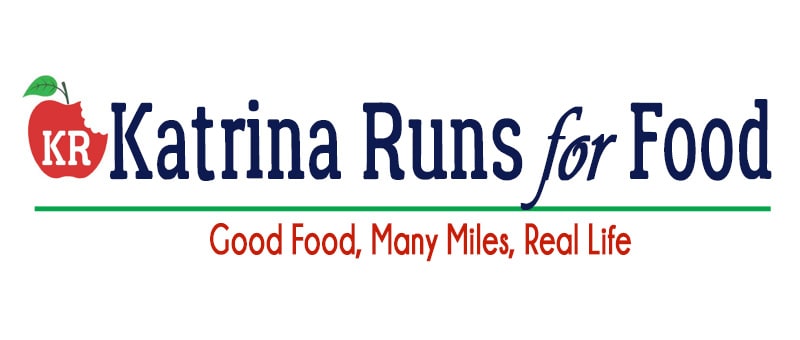Ever hear of “complete protein” foods? If a food is considered to be a complete protein, they contain all the essential amino acids in enough amounts for human use. Most animal proteins are considered complete, such as eggs, milk, meat, fish, and poultry. Plant proteins are mostly incomplete. This means the offer plenty of other nutrients, but is lacking in usable protein. There are a few grains that are complete all by themselves. Amaranth, quinoa, buckwheat, hempseed, and spirulina are all complete proteins. All of these grains can be used in the place of plain rice and a base for many recipes that call for rice. I love quinoa (pronound KEEN-wa) and use it at least once a week for various dishes.
So what about the other “incomplete” protein sources, specifically, from the plant variety? Should we just stop eating good plant based sources simply because they may be lacking in an amino acid or two? Go back to drive through toast and gravy? Of course not. We do what generations of people stumbled upon years ago. Protein combining. Ages ago, they figured out if they combined beans and rice, they could work longer and more efficiently. The same could be said about corn tortillas and beans. Eat those tortillas (ahem….chips today…) by themselves and you’ll be starving again in 2 hours. Roll beans vegetables and/or rice in those tortillas and your body gets all the nutritional punch from plenty of amino acids that protein offers. The idea of protein combing is a controversial one that has been disproved and re-approved over and over. The meat industry wants us to believe that plant foods have to have meat combined to make a complete proteins. The vegetarian community tells us plants can stand alone even without all the essential AA’s. I love to straddle that fence. I’m not saying we have to have meat with our veggies and grains for every meal, but I do believe that combining two plant and grain based foods can give me a little more nutritional efficiency.
So how does it work?
Here is a listing of combinations making a complete protein:
- Legumes (beans/peas) with Grains (Beans and rice)
- Legumes with Nuts (green beans and almonds)
- Legumes with Seeds (Stir fry with kidney beans and sesame seeds)
- Nuts/Seeds with Legumes (Noodles and veggies with sesame seeds)
- Grains with Dairy (whole wheat mac and cheese!!)
- Nuts/Seeds with Dairy (yogurt with granola)
- Legumes with Dairy (Green beans with a yogurt dressing)
- Dairy with Nuts/Seeds and Legumes
Bet you didn’t know you were already doing this.
Tonight was my example of protein combining. I made Salsa Chicken with Fiesta Beans and Rice.
The chicken was in the crockpot with any taco seasons (low sodium) and a cup of salsa with a can of cream of mushroom. Cook that all day, turn off the heat, stir in a cup of low fat sour cream OR I used greek yogurt with lemon juice.
The rice was brown rice with chilies, black olives, peppers, and red beans.


Cornelius
Sunday 26th of February 2012
Wow, do you just make this stuff up, or do you simply believe every bit of vegan propaganda you encounter? There is NO grain that is a complete protein. Not one. Really. You should research this a little more thoroughly before you publish things like this. Or probably a lot more thoroughly. You could hurt people.
Katrina
Sunday 26th of February 2012
Yes it is. It is the only seed that contains the 9 essential amino acids to be called a complete protein. But thanks for trying!
Protein Profiles: Quinoa | Katrina Runs For Food
Thursday 10th of March 2011
[...] and good for you. Very few foods fit this description and most plant sources of protein must be combined with other sources to make a complete protein. Protein combining is crucial to energy [...]